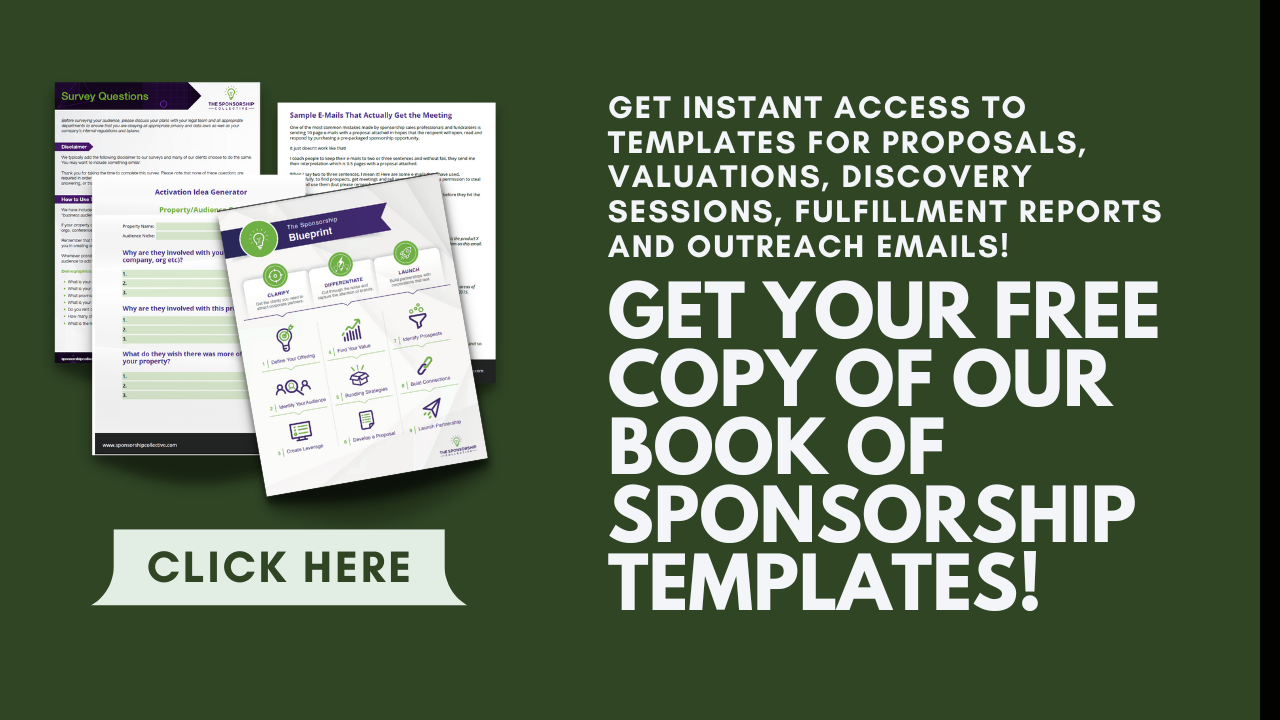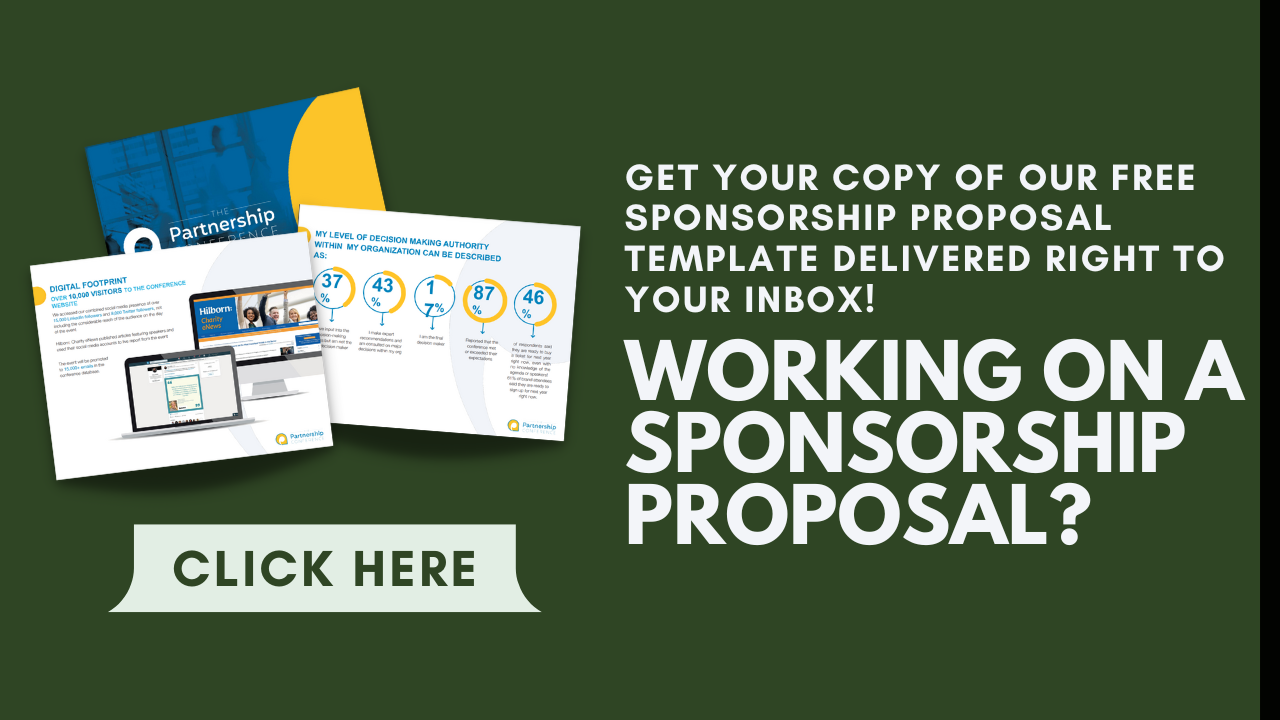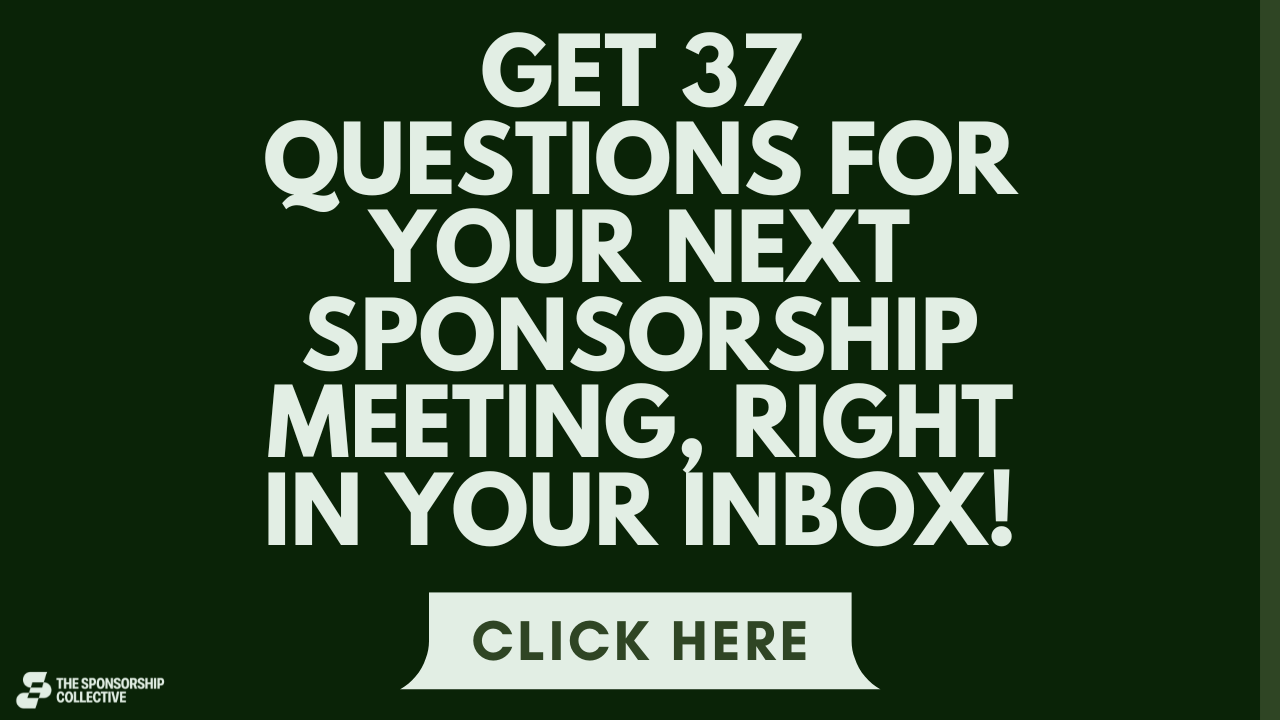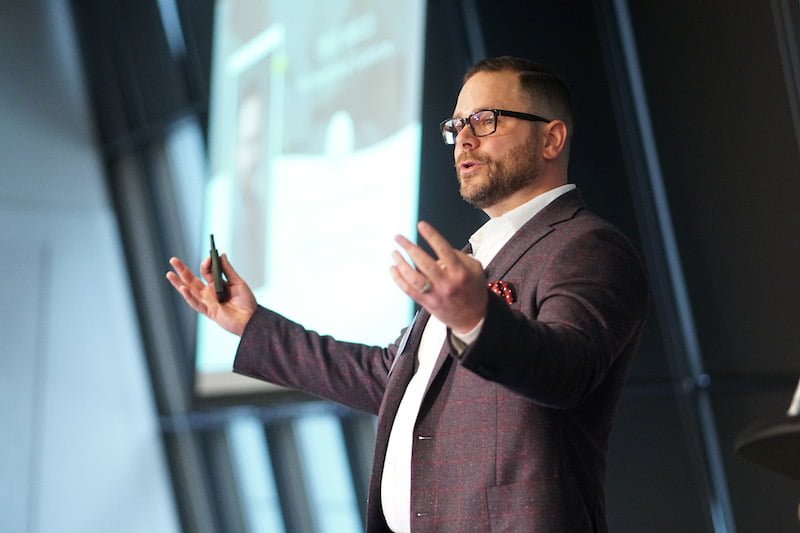Chris Norwood’s Road to Success
Chris Norwood is the Director of Marketing & Partnerships for the DUSK Music Festival, an annual music festival in Tucson, Arizona. The two-day festival features three stages of musical performances across genres, from hip-hop to EDM, country, indie, and rock.
The festival began in 2016 and has run consecutively for every year since except for 2020. For the past two years, Norwood has taken over sponsorship duties for the festival. Chris had no prior sponsorship experience, so the thought of promoting his festival through sponsors was daunting
I had already been in his sphere for years, so when he transitioned into sponsorship, he sought my services and tried the Sponsorship Accelerator.
When he did, he realized that he was being impatient with a lot of the processes required for seeking sponsorship. He had also undervalued his property and was struggling to build a sponsorship process and a working team.
Norwood knew very little about sponsorship, but that all changed after he went through my program. Today, I’m confident in calling Chris a sponsorship master.

He told me that the most difficult part of transitioning into the world of sponsorship for him was patience. He had to make sponsorship connections from scratch, which took time. However, he didn’t rush the process, and it’s paid off brilliantly, as DUSK continues to attract top-notch sponsors.
Another area where Chris excelled after undergoing my program was valuations. Many sponsorship seekers undervalue themselves, often without even realizing it. Others overvalue themselves but don’t have the data to back up their assertions.
Chris learned the importance of knowing his value and found that it helped him leverage sponsors during early discussions.
When I began working with Chris, I was amazed that he had a prospect list 300 companies deep. There wasn’t fluff either, but prospects that he had found using my program. He was able to grow his list to include about 50 companies across 10 industries.
Chris said he enjoyed the prospecting process as he branched out to consider the need of the marketing, sales, experiential, lead gen, and human resources employees.
He told me that he would research prospects on LinkedIn and look at their interests to gauge whether they’d be viable prospects for the festival.
When I asked him to describe what using the Sponsorship Accelerator was like, Chris told me it was genuinely helpful.
He also appreciated having all the scripts and forms available to start conversations with sponsors, which is something that sponsorship seekers often struggle with, especially first-timers.
Chris even referred to it as having access to the complete life cycle of “what I try to do every day.”
Applying the Principles Chris Norwood Learned to Your Own Sponsorship Program
Chris Norwood began with no sponsorship experience and is now an expert who continues to secure meaningful, audience-driven sponsorships for the DUSK Festival.
You might find yourself in Chris’s exact position, where you’ve been tasked with securing sponsors for your company without any prior knowledge or experience.
How do you do it? Here is an overview of the principles Chris applied that you can too so you can grow your sponsorship program.
Determining Where to Start
Your boss gives you a sponsorship deadline. Your event, program, or opportunity is looming. You have no idea where to turn, but you know you must do something. You have no time to spin your wheels, so whatever direction you choose must be the correct one.
Many sponsorship seekers who come to me are panicked because they’re in predicaments just like these.
The hardest part of the sponsorship process, especially if you’ve never done it before, is determining where to start.
The sponsorship process generally goes like this: prospecting, discovery session, valuation, negotiation, event/program/opportunity, post-event reporting, and renegotiation.
Allow me to explain each of the processes briefly so you can better understand what’s required of you.
- Prospecting: I’ll discuss this more later, but prospecting is how you find sponsors. You should select a potential sponsor based on what brands you think your audience will enjoy interacting and engaging with the most.
- Discovery session: This exploratory meeting is when you ask questions of your prospect to understand their challenges and goals. Once you have this information, you can pose assets and activations that might solve the sponsor’s challenges.
- Valuation: I’ll also talk more about valuations shortly, but this is how you determine the value of your assets and activations so you can ask for a fair price from the sponsor.
- Negotiation: If the sponsor is interested in what you offer, you two will enter the negotiation stage. You’ll finalize pricing, discuss deliverables, and put it all in writing.
- Event, program, or opportunity: Your event, program, or opportunity is ready to happen with your sponsor or sponsors. This is when you deliver on the objectives you promised.
- Post-event reporting: When your event, program, or opportunity ends, you should produce a fulfillment report, also known as the post-event report. Fill it with details about your attendance, event milestones, and whether you delivered on the objectives you promised.
- Renegotiation: If you want to continue a professional relationship with the sponsor, you should discuss it after your event, program, or opportunity.
I’m available for calls to discuss your sponsorship needs and goals if you’re ready to begin your sponsorship journey but feel stuck.
Ideally, I recommend beginning as early as you can. Sponsorship is not an overnight process, as much as we wish it could be. You have to find out who to reach out to, and even once you have the right contact, it’s not instantaneous.
Whoever is in charge of the sponsorship division at the company you’re seeking has someone over them, and that person has someone over them. Your contact likely cannot make financial decisions on behalf of their company without permission from someone overhead, so it’s going to take time.
You also can’t rush through the process. If you skip valuations or the discovery session, your prospective sponsorship deal can fly off the rails, which forces you to start all over again with even less time on your hands.

Overcoming Impatience
Speaking of how long the entire sponsorship process takes, one area you’ll have to work on to be a more successful sponsorship seeker is patience.
This is where Chris Norwood really struggled when he and I first began working together, and it’s one of the areas I’m happy to say he’s excelled the most.
As I illustrated in the paragraphs above, sponsorship is a multi-person process. Not everyone is operating on your timeline. Although this is important to you, it might be less so to them, or at least it’s not as high on their priority list.
Even if your sponsor is as eager as you are to get this done and go, go, go, as I mentioned before, they can’t make all the decisions themselves.
When you call and leave a message, you can’t expect an instant callback. That’s just like how when you send an email, you can’t expect a reply back in an hour.
You must practice patience throughout the sponsorship process. A little bit will take you a long way.
Of course, it’s a lot easier to remain patient when you’re not crunched for time. In the future, make sure to begin seeking sponsorship with ample time to spare so you can reduce your stress.
All that said, I don’t recommend waiting around forever. There’s an outreach cadence you should follow so you don’t come across as too eager.
Here’s what I recommend.
After making a phone call or sending an email on Day 1, you’d wait a few days, then follow up. It’s okay to continue following up once a day for about a week, alternating the methods you use so you can be sure you’re doing all you can to connect.
If more than a week has passed, and certainly more than two weeks, and you haven’t heard a peep from the prospect, even after giving them time to reply, you have to take their silence as an answer.
People generally go out of their way to avoid conflict, so they might not tell you they’re disinterested if they think it will upset you. Other sponsors will initially say what they think you want to hear (usually telling you to send them a sponsorship proposal) only to ghost you when you reach out.
Silence is its own answer, and no amount of pestering will change a sponsor’s mind, so move on to the next one on the list.
Prospecting
Chris Norwood built a robust prospects list, and I was super impressed when he did.
Although you might think the number of prospects he had seemed high, I’d say it was just right. You might wonder why you need a prospect list 300 companies deep, so let me explain.
Many sponsorship prospects you reach out to won’t answer, or they will, but they can’t give you what you need. That’s why you must have a long list of prospects. This way, if one flakes or ghosts you, you’re ready to move on to someone else.
How do you begin prospecting for sponsors? Many sponsorship seekers look internally at their contacts. This can help you start the list, but you have to go beyond.
Look to your audience. If you’ve never issued them a survey asking about their brand preferences, how they feel about your event, and what they’re looking for out of future events, do that.
As you begin compiling responses, take note of the brands your audience mentions. Those brands are the start of your prospecting list.
Expand upon the list by researching the brands that advertise to audiences like yours, the brands that should advertise to them (but don’t at current), and all the competitors of the brands on your list.
Maybe you won’t end up with 300 brands like Chris did, but you should have at least 50 or 60. If yours is a smaller property, a prospect list that long should suffice.
Undervaluing Sponsorship
One of the biggest mistakes I see sponsorship seekers make left and right is failing to value their sponsorship properties.
Instead, they either skip the valuation altogether, assume or guess at their value, or copy something they’ve seen online from their competitors. All are the wrong approach because they don’t take into account your unique assets and activations!
Let me rewind a bit if you need the recap. Activations are experiential marketing opportunities at your event or program, from interactive walk-through exhibits to pop-up shops, photo walls, and phone-charging stations.
Assets are all the intangible and tangible things you offer a sponsor, from naming rights to signage and social media posts.
Every asset and activation you think of is worth something, and it’s your job to figure out how much. Let me repeat that again: it’s your job, not the sponsor’s, to know your value.
A sponsor assumes you know what you’re talking about when you go into a meeting and say your sponsorship property is valued at $275,000. They believe you have a process you went through to come to that number and that you can explain how you got there.
No sponsor will want to work with you if you overvalue your sponsorship property. And if you undervalue it, sponsors will work with you, but you’ll make significantly less money than you could have, and no one will tell you.
So how do you value a sponsorship property? You have to take it one asset or activation at a time.

Research the market value by assessing what professionals charge for a service. Write down all those values, then sit down objectively with stakeholders and determine if you should leave the value where it is, inch it up, or bump it down.
How do you do that? Ask yourself a couple of questions:
- Can I provide this service better than a professional?
- What kind of edge or advantage do I have that makes this asset or activation worth what I’m asking for?
You have to be objective and honest, and this is something sponsorship seekers can struggle with, I must admit. After all, it’s not easy to reduce the value of an asset or activation.
You can feel like you’re leaving money on the table, but I promise you, you aren’t. When you fairly price your assets, more sponsors are willing to work with you.
- About the Author
- Latest Posts
Chris Baylis is the Founder and Editor-in-Chief of The Sponsorship Collective.
After spending several years in the field as a sponsorship professional and consultant, Chris now spends his time working with clients to help them understand their audiences, build activations that sponsors want, apply market values to their assets and build strategies that drive sales.
Read More about Chris Baylis

